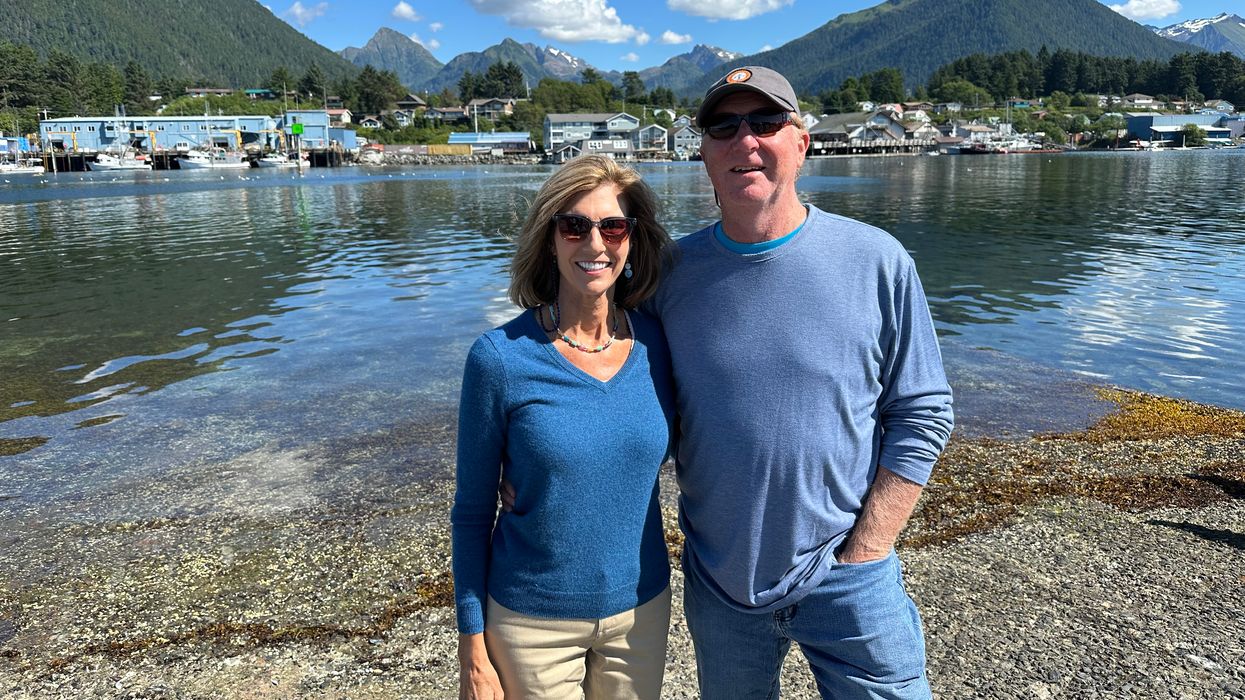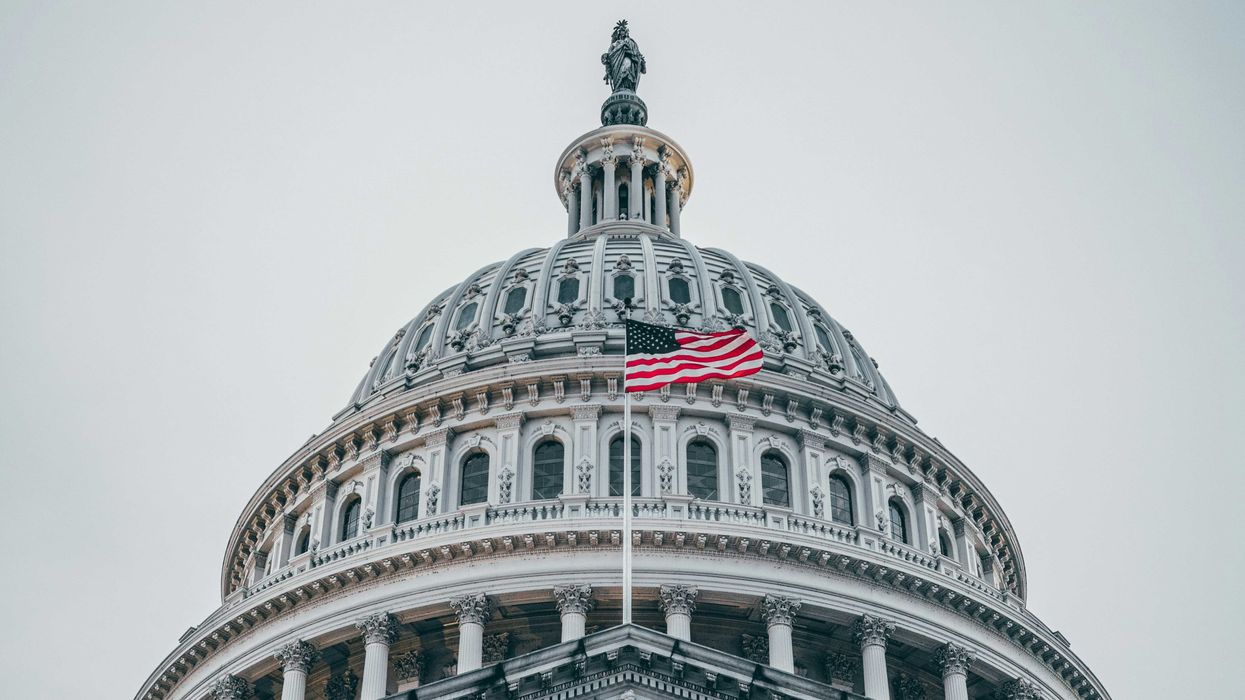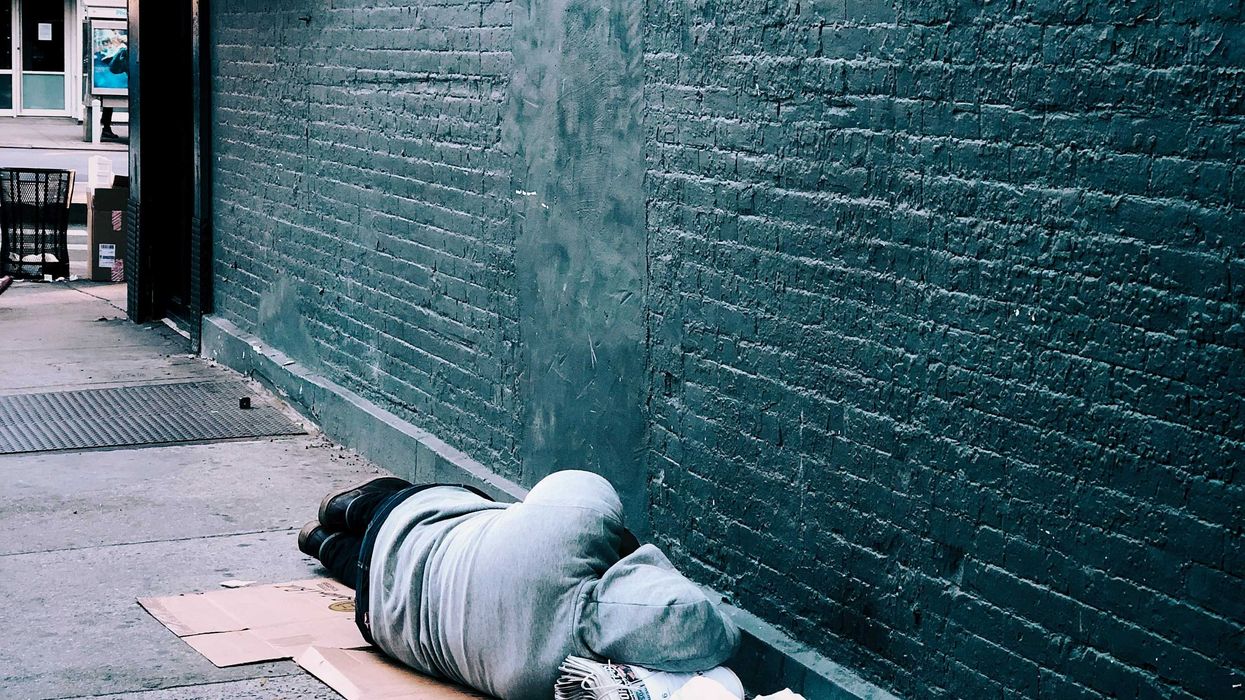Youth homelessness is a problem, and Tim Coogan, Cisco leader, shared his personal experience through “One Night Changed Everything: Why I Sleep Out for Covenant House” to raise awareness and funds for youth homelessness. This is a national problem.
According to the U.S. Department of Housing and Urban Development (HUD) 2024 Annual Homelessness Assessment Report to Congress, on a single night in January 2024, over 38,000 unaccompanied youth were experiencing homelessness. This demonstrates a 10% increase from 2023.
In the 2024 Point-in-Time Count, around 205,000 people under age 25, about 27 % of all people experiencing homelessness that night, were counted as youth. The number of youth (under 25) experiencing homelessness rose by 29 % from 2023 to 2024.
From delays in the U.S. Department of Housing and Urban Development (HUD) in releasing the 2025 Notice of Funding Opportunity (NOFO) for new contracts and the renewal of ongoing contracts for housing and homeless services to funding cuts and anti-DEI practices, the non-profit sector is at risk. The government shutdown and the annual closure of the HUD’s Fort Worth Field Office for the federal fiscal year cycle are not helping either.
As an advocate at the intersection of homelessness and gender-based violence, including domestic violence, human trafficking, and sexual assault, I see daily how vital these funds are.
Many people, like Fox News hosts or even Fox & Friends' hosts, are bashing people experiencing homelessness on national television. The world needs to understand who they are talking about.
This harmful rhetoric that homelessness is just a problem of mental illness is wrong at so many levels. To name a few real reasons, homelessness is a result of systemic failures, lack of affordable housing, poverty, unemployment, substance use disorders, and domestic violence.
October was Domestic Violence Awareness Month, but we forget how the harm is affecting more than the single victim. It affects the community and generations after.
If we look closely at this specific population, we ought to connect the dots. Many youths entered the system because they had been taken away from their abusive home. Child Protective Services (CPS) is known to remove children when they witness domestic violence and blame the victimized parent under the “failure to protect” clause. This detainment fractures the relationship between the victimized parent and child survivor, compromising the possibility of successful future reunification and placing the child into foster care systems. If only CPS’s response were accompanied by real support to make these families whole again, but reality is different. The families, dealing with their own challenges and trauma, are left alone to figure this out. Again, systemic failure is thriving.
For children who are removed, safety is an illusion in foster homes or foster families. The 2020 article “Foster Care: How We Can, and Should, Do More for Maltreated Children” underscores that the foster care system, while intended to protect children from unsafe homes, often exposes them to new harms. Despite decades of federal reforms, the system continues to fall short on its central promise: safety and stability for children.
For thousands of youth who “age out” of the system at 18 or 21, foster care ends without permanency, family, or adequate support. These youth are left to navigate housing, education, employment, and health care on their own. This transition out of foster care is one of the strongest predictors of homelessness, with roughly 1 in 4 foster youth experiencing homelessness within a few years of aging out.
The harm does not stop there. When experiencing homelessness or housing instability, youth are more vulnerable to any gender-based violence, including domestic violence, human trafficking, or sexual assault.
This is how we close the loop of generational trauma.
When a TV host says, “Just kill ’em” [referring to people experiencing homelessness], he is talking about our children, our neighbors, our future leaders. If we let that rhetoric stand, we fail them twice: first by allowing systems to push them onto the streets, and second by erasing their humanity with words that invite violence.
Communities can decide that no child is discarded, where foster youth step into adulthood with stability and hope, and where surviving violence does not mean losing their future. It takes policy change, yes: investments in permanent, safe housing, family supports, and foster care that heals rather than harms. And it takes us, every one of us, refusing to dehumanize those who suffer and committing instead to relationships that restore.
As a survivor of family violence, I know escaping this narrative is possible. In my work as an advocate, I’ve seen the brilliance of people with lived experience. They are not problems to be solved but partners in creating solutions. When they are intentionally included, the landscape shifts. Ideas multiply, systems bend, and hope becomes tangible.
That is how we rewrite the ending: from cradle to community, not cradle to sidewalk.
Stephanie Whack is a survivor of domestic violence, an advocate at the intersection of victimization and homelessness, and a member of The OpEd Project Public Voices Fellowship on Domestic Violence and Economic Security. In 2024, she was awarded the LA City Dr. Marjorie Braude Award for innovative collaboration in serving victims of domestic violence.




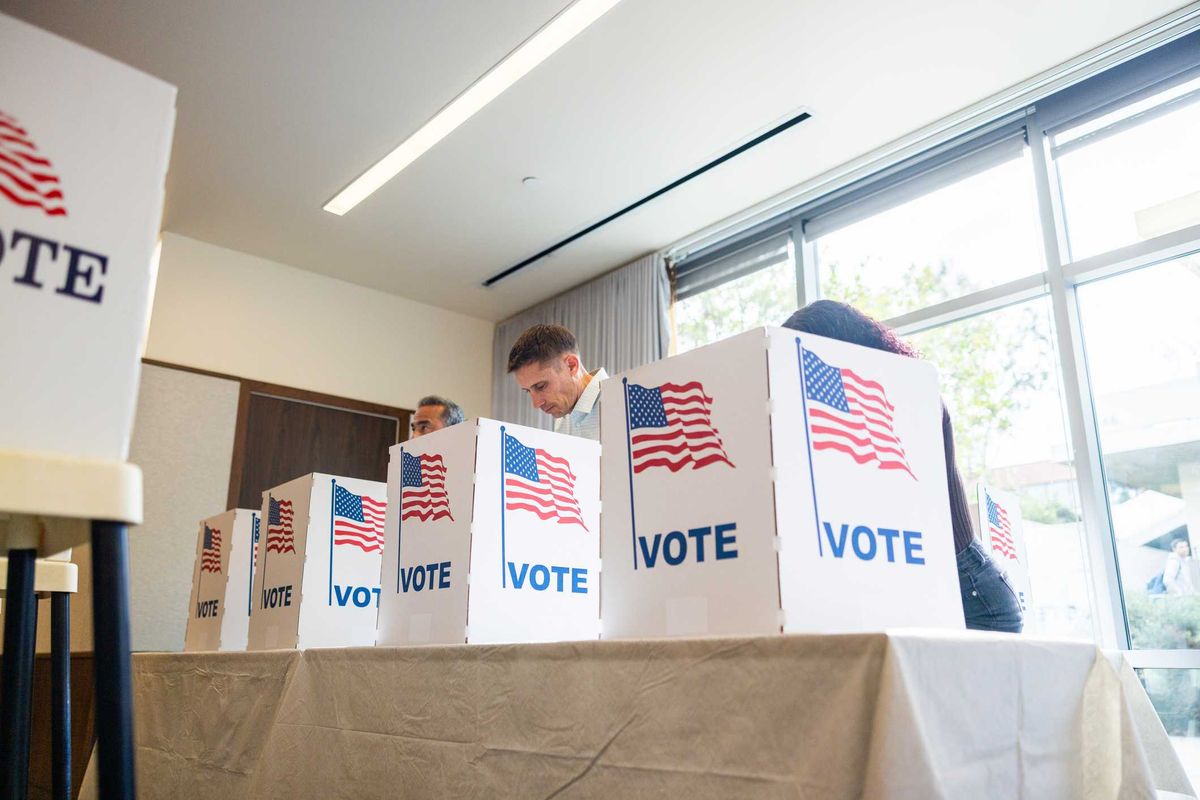
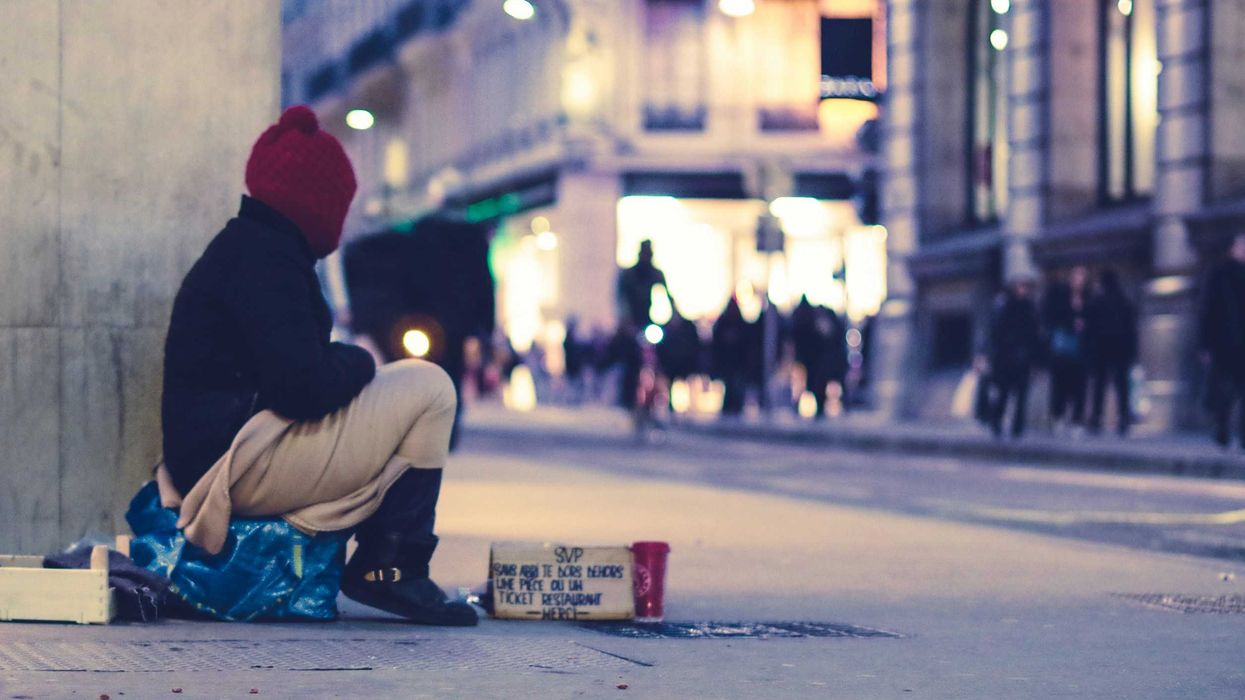




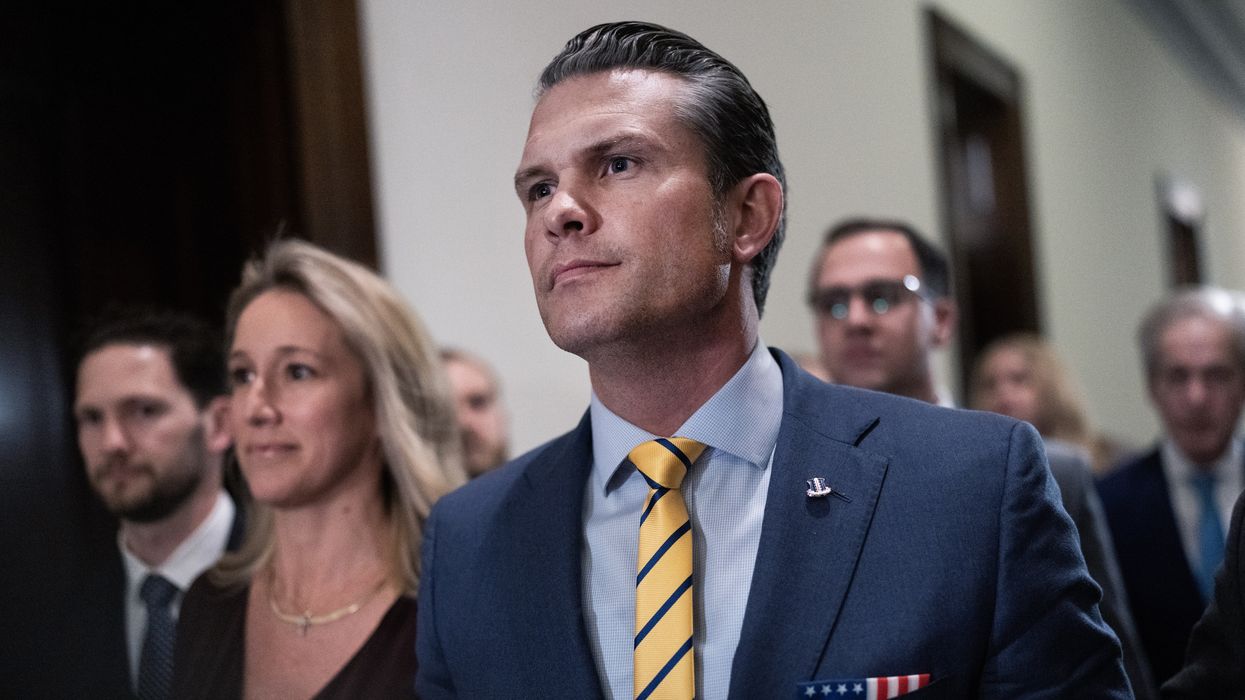
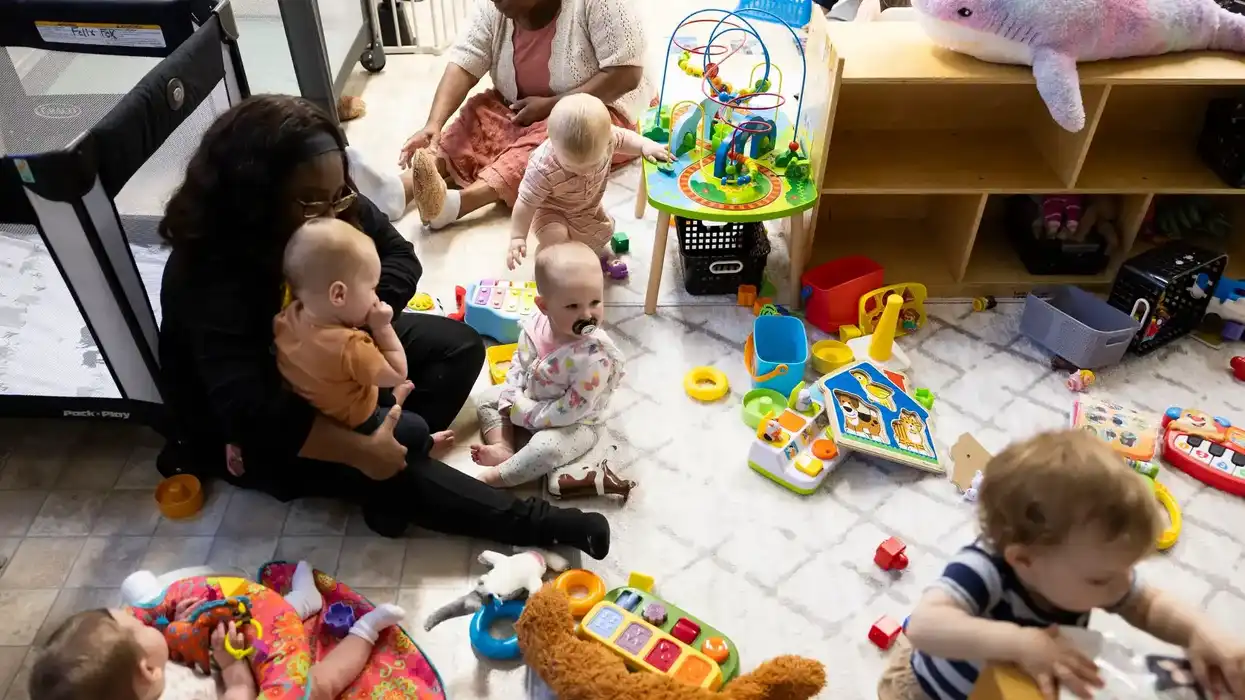
 Children and parents are suffering the impact of limited access and rising costs of childcare. (Michael Siluk/UCG/Universal Images Group/Getty Images)
Children and parents are suffering the impact of limited access and rising costs of childcare. (Michael Siluk/UCG/Universal Images Group/Getty Images)


